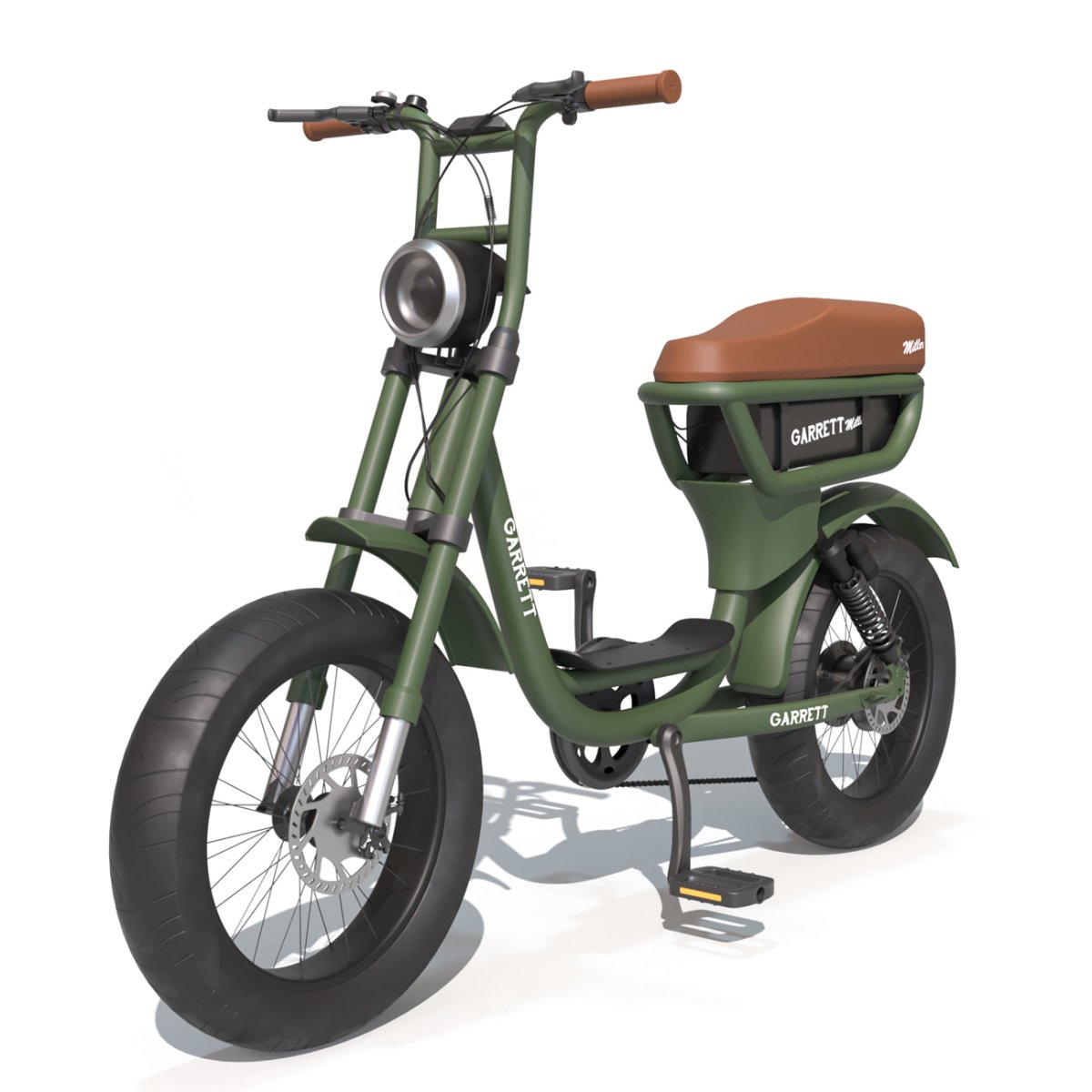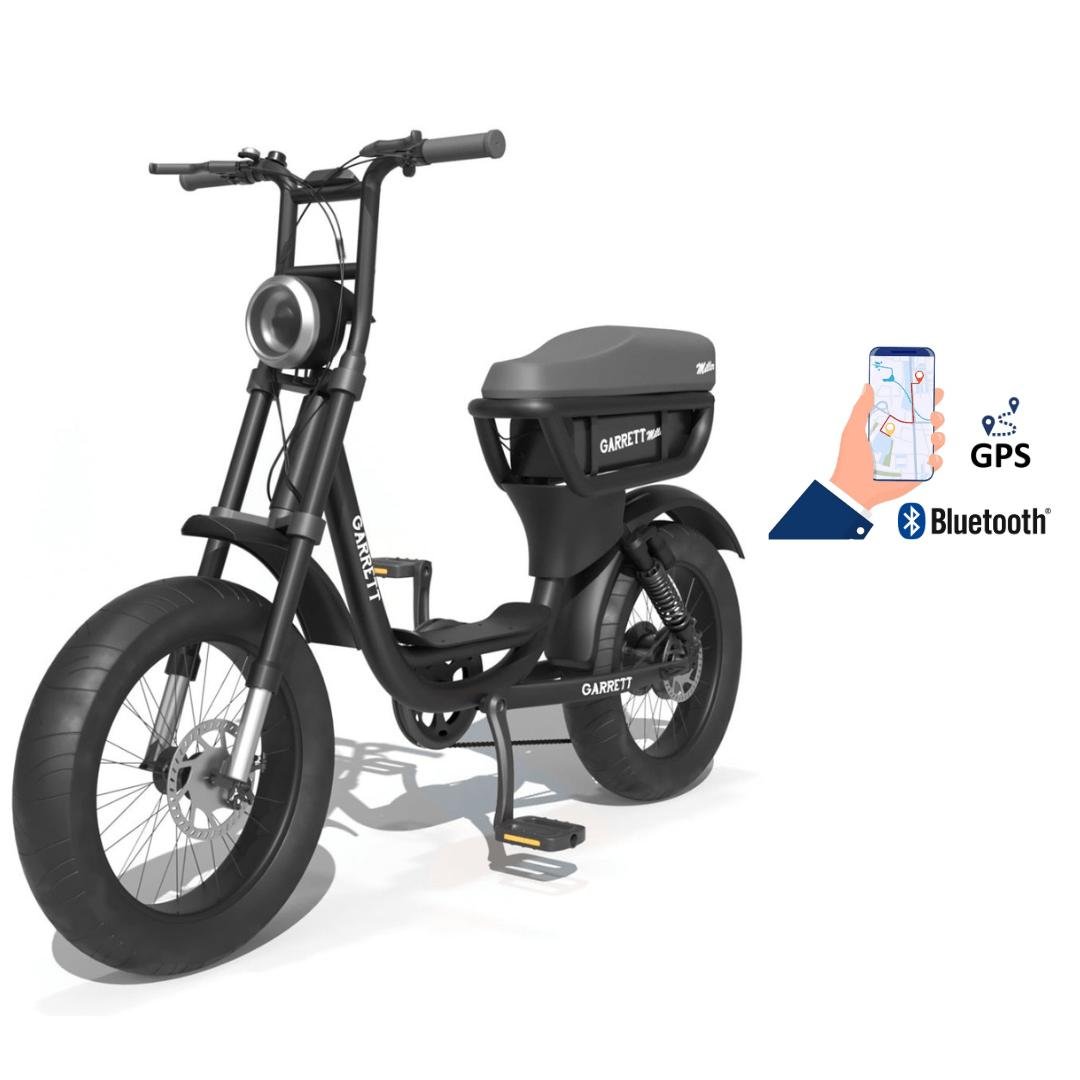When you pedal in the city, in nature, or on the road, your electric bike helmet follows you everywhere. And like any good adventure companion, it deserves a minimum of care! Because beneath its solid appearance, this shockproof shield is also a true sponge for sweat, dust, rain, and pollution. So, how to wash a bike helmet without damaging it? How often? And above all, how to keep it clean longer? We tell you everything in this simple, practical, and 100% cyclist-friendly guide.
Why is it necessary to clean your electric bike helmet?
We often forget, but a electric bike helmet that is clean is a helmet that truly protects. Between hygiene, comfort, and safety, cleaning the helmet is a small ritual that can change everything: avoid stubborn odors, extend the life of your equipment, and above all ensure it fully plays its role in case of a fall.

It’s not "just" a matter of odor
Many cyclists think that a quick wipe now and then is enough. However, in direct contact with skin and hair, the helmet absorbs sweat, hair products, and all kinds of microbes. Over time, it becomes a real breeding ground for bacteria.
And it’s not just a hygiene issue
• Foams absorb sweat = stagnant moisture = proliferation of bacteria and yeasts.
• Straps become stiff or sticky.
• Bad odors set in.
• Materials degrade and lose effectiveness.
Simply put, a dirty helmet can become uncomfortable and will not guarantee your safety in case of a fall.
How often should you clean your helmet?
It all depends on your usage. Here is a recommended cleaning frequency according to your profile:
|
Type of use |
Recommended frequency |
|
Daily / Urban |
1 to 2 times a month |
|
Intensive / Sporty |
Once a week |
|
Occasionally |
Every 2 months |
|
In summer (heavy sweating) |
At least once a week |
Tip: after each ride, remember to air out your helmet and wipe the inside if needed. This slows down the appearance of bad odors.
How to clean an electric bike helmet step by step

To keep your helmet comfortable to wear and continue to protect you effectively, a good cleaning is necessary. No need for complicated products or professional tools: in a few simple steps, you can freshen it up while extending its lifespan. Here's how to do it, step by step.
1. Disassemble the removable elements
First of all, remove the parts that can be:
• Internal foams
• Visor, LED, sensors
• Straps if they are removable
Goal: to be able to clean each component separately, without damaging them.
2. Clean the foams by hand
The foams are the most exposed to sweat, so they must be treated with care.
Instructions for use:
- Soak them in warm water + mild soap (baby shampoo or Marseille soap).
- Gently rub by hand.
- Rinse thoroughly with clear water.
- Gently squeeze to remove water without deforming them.
- Lay flat to dry, in the open air and in the shade (sunlight can damage them).
To avoid: boiling water, bleach, washing machine, dryer.
3. Wash the outer shell and the straps

For the shell:
• Use a microfiber cloth + lukewarm water + neutral soap.
• Focus on the vents, grooves, and fasteners.
• Use an old toothbrush or a cotton swab for the corners.
For the straps:
• Clean them with a cloth dampened with soapy water.
• Rinse with clear water.
• Air dry, without direct heat source.
Natural tips for a helmet that smells good
Purifying anti-odor bath
If the smell persists despite cleaning:
1. Fill a basin with 2 liters of lukewarm water.
2. Add 2 tbsp of baking soda.
3. Add 5 drops of lavender or tea tree essential oil.
4. Soak the foams, rub the shell with a cloth soaked in the mixture.
5. Rinse with clear water.
Result: a clean, disinfected helmet that smells fresh!


How to keep your bike helmet clean longer?
Have you just washed your helmet? Perfect! But the real challenge is to keep it clean and fresh daily without having to scrub it every week. For that, a few simple and clever habits can make all the difference. Here are the best practices to prolong the cleanliness and freshness of your helmet while preserving its comfort and performance.

Let the helmet breathe after each ride
Once you’re home, avoid storing your helmet directly in a closet or closed bag. It needs to air out to release the moisture accumulated during exertion. By leaving it in a dry, ventilated place away from the sun, you limit bacteria growth and preserve the condition of the internal foams. A simple habit, but extremely effective to avoid bad odors.
Use an absorbent headband or under-helmet
When you sweat on an electric bike, and it’s inevitable, it’s the helmet foams that take the hit. To prevent them from being saturated with sweat every ride, wear a headband or a technical under-helmet. These accessories, light and breathable, absorb moisture beforehand and are machine washable. They thus protect the inside of the helmet while improving your comfort.
Make a homemade deodorizing spray
To keep a fresh feeling between washes, think of a natural deodorizing spray. A simple mix of water, white vinegar, and a few drops of lavender or tea tree essential oil is enough. One or two sprays inside the helmet (without soaking it) neutralize odors and maintain a healthy atmosphere. It’s quick, economical, and 100% natural.
Avoid greasy hair products
It’s a detail we rarely think about… yet. Hair gels, waxes, or sprays seep into the foams, clog them, and reduce their absorbing power. Plus, they promote residue and bad odors. The best is to avoid these types of products on days you wear a helmet, or wear a headband that creates a protective barrier.
Carrying your helmet in a ventilated cover
Finally, the way you carry your helmet also matters. Sealing it in a waterproof plastic bag after a ride is a bad idea: heat + humidity = guaranteed odors. Prefer a breathable fabric cover, designed to allow air circulation while protecting the helmet from shocks and dirt. It’s a simple accessory that extends the life of your equipment.
Comfort & safety: the winning duo of a clean helmet

Cleaning your bike helmet is not a luxury, it’s common sense:
• Fewer germs, less odor
• More comfort, zero irritation
• Soft foams and perfect fit
• Materials that last
• And above all… optimal protection in case of a fall
FAQ
Can helmet foams be put in the washing machine?
No, it’s not recommended. Even on a delicate cycle, the foams risk deforming, losing density, or detaching. Hand washing with lukewarm water and mild soap remains the best option.
Is a hairdryer a good idea to dry the foams faster?
Avoid it. Any direct heat source (hairdryer, radiator, sun) can damage the foams or polystyrene of the helmet. Prefer air drying, flat, in the shade.
Can I use disinfectant wipes on my helmet?
Yes, but with caution. Use wipes without harsh alcohol to avoid damaging the materials. This can help between washes but does not replace a proper cleaning.
How do I know if my helmet is too worn despite cleaning?
Even well maintained, a helmet has a limited lifespan. If you notice:
• cracks on the shell or polystyrene,
• frayed or loose straps,
• foams that no longer hold or are too worn,
then it’s time to replace it.
As a general rule, it is recommended to change your helmet every 3 to 5 years, even without visible impact, because materials lose effectiveness over time.
And if yours is nearing the end of its life, maybe it’s time to discover our selection of electric bike helmets on Weebot!
We offer a wide range of reliable, stylish, and well-ventilated models from recognized brands like Marko, ABUS, BERN, EROZ, THOUSAND… To ride protected, without compromising on style or comfort.
Conclusion
As with brake checks or tire inflation, washing the electric bike helmet should become a regular cycling habit. It’s not a tedious chore, but a useful little ritual. By adopting a few simple steps—hand washing, air drying, proper storage—you extend the life of your equipment and optimize its performance. Now, you know all the steps to properly wash a helmet. Take care of it, as it guarantees your safety on the road.

